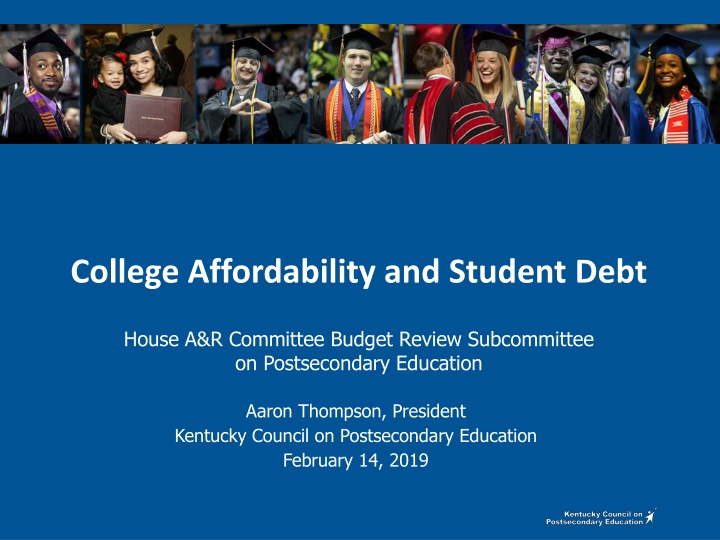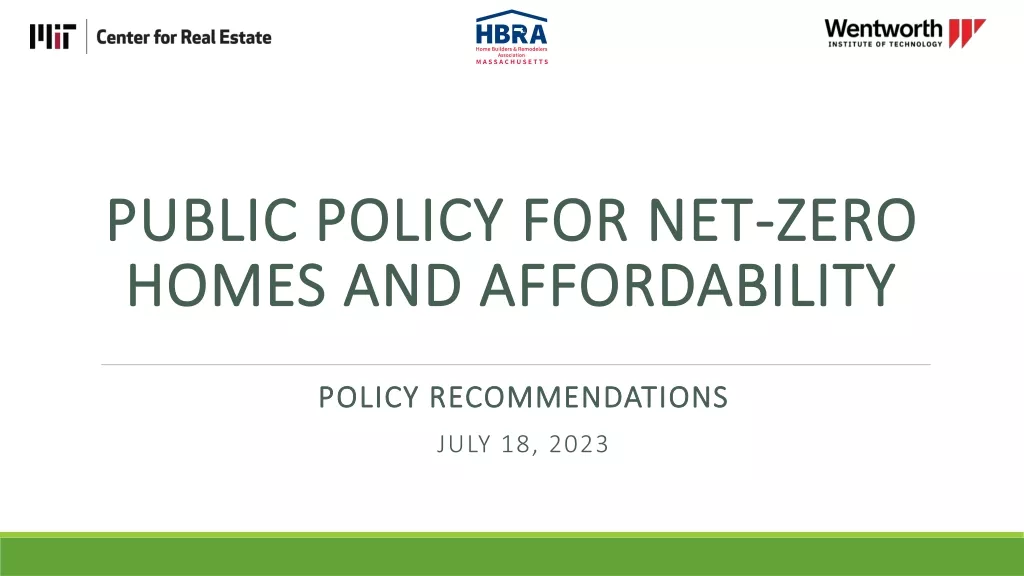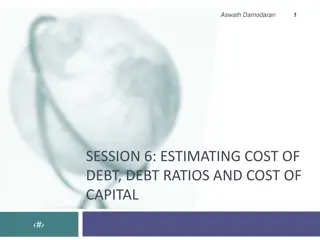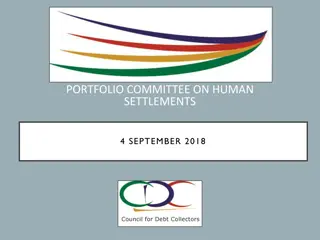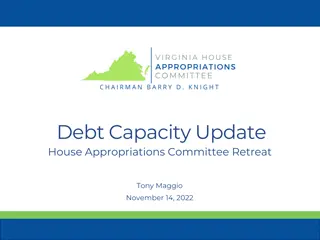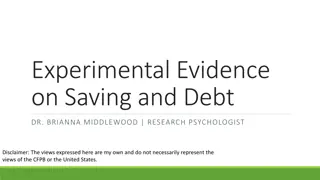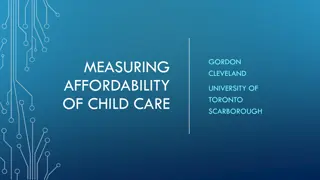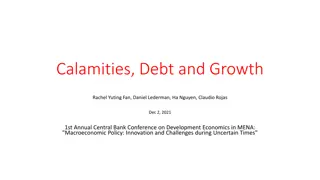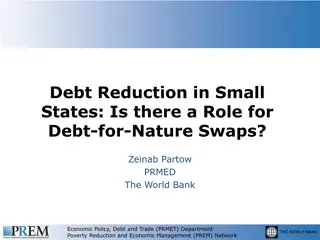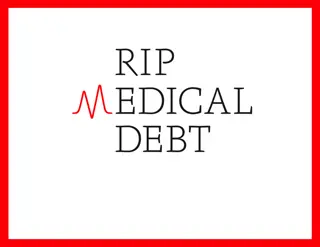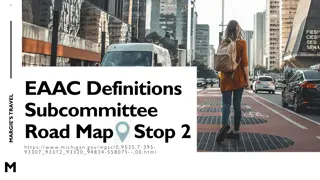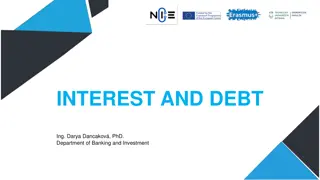College Affordability and Student Debt
Shifts in responsibility for college costs, increasing student loan debt, and state funding trends are highlighted in the analysis of college affordability and student debt in Kentucky, focusing on the challenges faced by students and the postsecondary education system.
Uploaded on Feb 15, 2025 | 1 Views
Download Presentation

Please find below an Image/Link to download the presentation.
The content on the website is provided AS IS for your information and personal use only. It may not be sold, licensed, or shared on other websites without obtaining consent from the author.If you encounter any issues during the download, it is possible that the publisher has removed the file from their server.
You are allowed to download the files provided on this website for personal or commercial use, subject to the condition that they are used lawfully. All files are the property of their respective owners.
The content on the website is provided AS IS for your information and personal use only. It may not be sold, licensed, or shared on other websites without obtaining consent from the author.
E N D
Presentation Transcript
College Affordability and Student Debt House A&R Committee Budget Review Subcommittee on Postsecondary Education Aaron Thompson, President Kentucky Council on Postsecondary Education February 14, 2019
Areas of Concern Since the early 2000s, responsibility for college costs has shifted from the state to students and families Average amount of student loan debt has been trending up since 2008 Kentucky is one of a handful of states that has not begun reinvesting in postsecondary education Unless action is taken by the General Assembly, KERS contributions will increase by about 70% next year 2
Areas of Concern Shifting of Responsibility (Who Pays) Kentucky Public Postsecondary System Change in State and Student Shares of Total Public Funds Fiscal Years 1998-99 through 2021-22 90% 80% 53%56%58%60%62%63%64%65%67%68%69%71%72%73% 67%66% 66%64%61% 70% 58% 60% 54%53%51% 50% 50% 50% 46%47%49% 47%44%43%40%38%37%36%35%33%32%31%29%28%27% 40% 42% 33%34% 34%37%39% 30% 20% (Projected) 10% 0% 1999-00 2002-03 2004-05 2007-08 2009-10 2010-11 2012-13 2015-16 2017-18 2020-21 1998-99 2000-01 2001-02 2003-04 2005-06 2006-07 2008-09 2011-12 2013-14 2014-15 2016-17 2018-19 2019-20 2021-22 Net General Fund Share Gross Tuition and Fee Revenue Share 3 Sources: Kentucky Budget of the Commonwealth, multiple biennia; CPE Comprehensive Database.
Areas of Concern Growing Student Loan Debt Kentucky Public and Nonprofit Four-Year Universities Average Student Loan Debt and Percent Graduating with Debt Graduating Classes 2004 through 2017 Percent (With Debt) Dollars (Avg. Debt) 70% $35,000 64% 64% 64% 64% 63% 63% 62% 60% 60% 59% 58% 57% $28,910$28,447 60% $30,000 54% $27,225 52% $25,939 $24,693 50% $25,000 $22,287$22,384 $19,112$19,375 40% $20,000 $16,972$15,951 $15,861$15,406 $14,250 30% $15,000 20% $10,000 10% $5,000 0% $0 2004 2005 2006 2007 2008 2009 2010 2011 2012 2013 2014 2015 2016 2017 Graduating Classes Average Student Loan Debt Percent Graduating With Debt 4 Source: The Institute for College Access & Success (TICAS), Student Debt and the Class of 2017.
Areas of Concern Regional Comparison of Loan Debt Kentucky Public and Nonprofit Four-Year Universities Average Student Loan Debt of Bachelor's Degree Recipients Graduating Class of 2017 Dollars (Avg. Debt) Ohio $30,629 Virginia $29,887 Indiana $29,561 Illinois $29,214 Kentucky $28,447 West Virginia $27,505 Missouri $27,108 Tennessee $25,252 $0 $5,000 $10,000 $15,000 $20,000 $25,000 $30,000 $35,000 5 Source: The Institute for College Access & Success (TICAS), Student Debt and the Class of 2017.
Areas of Concern Decade of Funding Cuts Kentucky Public Postsecondary System Net General Fund Appropriations per Full-Time Equivalent Student FiscalYears 2007-08 through 2017-18 Dollars (per Student) Constant 2018 Dollars $10,000 $9,000 $9,233 $8,956 $8,000 $8,275 ($3,292) -36% $7,697 $7,000 $7,275 $6,832 $6,571 $6,408 $6,000 $6,372 $6,305 $6,009 $5,941 $5,000 Equates to ($487 M) Decrease $4,000 $3,000 $2,000 $1,000 $0 2009-10 2011-12 2013-14 2015-16 2016-17 2008-09 2010-11 2012-13 2014-15 2017-18 2007-08 (E) 2007-08 (R) 6 Sources: KentuckyBudgets of the Commonwealth; Commonfund Institute, Higher Education Price Index. (E) = Enacted; (R) = Revised.
Areas of Concern Out-of-Pocket Costs Trending Higher Kentucky PublicPostsecondary Sectors Average Net Price of First-Time Full-Time Resident Undergraduate Students Academic Years 2010-11 through 2016-17 $20,000 $18,176 $18,000 $17,049 $16,327 $16,000 $14,740 $14,359 $13,680 $14,000 $12,518 $11,246 $12,000 $10,484 $10,484 $10,377 $10,298 $10,251 $9,790 $10,000 $8,000 $6,923 $6,780 $6,506 $6,413 $6,389 $6,277 $6,223 $6,000 $4,000 $2,000 Net Price $0 2010-11 2011-12 2012-13 2013-14 2014-15 2015-16 2016-17 1 Research Universities Comprehensive Universities KCTCS Institutions 7 Source: Integrated Postsecondary Education Data System (IPEDS). 1Includes housing and food costs imputed by US department of Education. -
Efforts to Maintain Affordability and Reduce Debt Every year since 2009-10, the Council has adopted tuition ceilings to limit increases Institutions have not been allowed to fully recover losses in state support and mandated cost increases Sizable state investment in student aid programs Institutions have increased funding for campus-based student aid Efforts to encourage timely completion, such as 15 to Finish and dual credit initiatives 8
Efforts to Maintain Affordability Impact of Tuition Ceilings Kentucky Public Postsecondary System Annual Change in Resident Undergraduate Tuition and Fees Academic Years 2002-03 through 2018-19 18.0% 11.7% AAGR 4.5% AAGR 16.0% 16.0% 15.4% 14.0% Impact of CPE Tuition and Fee Ceilings 12.8% 12.0% 11.6% 10.0% 9.8% 8.7% 8.0% 8.0% 6.0% 6.1% 5.8% 5.4% 5.2% 4.0% 4.5% 4.5% 3.7% 3.5% 3.2% 3.1% 2.0% 0.0% 2002-03 2004-05 2006-07 2008-09 2010-11 2012-13 2014-15 2016-17 2018-19 2003-04 2005-06 2007-08 2009-10 2011-12 2013-14 2015-16 2017-18 9 Source: Council on Postsecondary Education, Comprehensive Database. AAGR = Average Annual Growth Rate
Efforts to Maintain Affordability State Financial Aid is High Per Capita State Funded Student Financial Aid Programs in the United States Total Undergraduate Grant Dollars per Undergraduate Student Enrollment Academic Year 2016-17 (per Student) Dollars $2,400 $2,190 High Aid States Low Aid States $2,032 $2,200 Kentucky Ranks 5th Highest 161% of U.S. Average $2,000 $1,693 $1,800 $1,412 $1,600 $1,317 $1,309 $1,285 $1,269 $1,400 $1,177 $1,142 $1,113 $1,112 $1,113 $1,200 $948 $940 $873 $870 $861 $1,000 $816 $745 $716 $800 $626 $570 $547 $543 $540 $533 $515 $507 $477 $463 $600 $438 $388 $384 $383 $298 $291 $284 $273 $269 $400 $228 $150 $149 $127 $123 $200 $76 $62 $58 $45 $34 $0 $0 $0 SD RI FL SC GA WY WI WV WA UT ND NY NJ NH NV NC NE NM VA VT TN TX AZ AR AL OR AL OH OK ID IL IA LA IN PA PR KS MD MO KY MI MA ME MT MS MN DE DC CT CO CA HI 10 Source: National Association of State Student Grant and Aid Programs (NASSGAP), 48th Annual Survey Report on State-Sponsored Student Financial Aid.
Efforts to Maintain Affordability Campus-Based Aid is Growing Kentucky Public Postsecondary System Student Financial Aid per Full-Time Equivalent Student by Source Fiscal Years 2003-04through 2015-16 Dollars (per Student) Constant 2016 Dollars $4,000 $3,408 $3,500 $3,095 $3,041 $2,895 $3,000 $2,680 $2,419 $2,313 $2,500 $2,271 $2,167 $2,161 $2,030 $2,008 $1,872 $1,827 $2,000 $1,778 $1,761 $1,617 $1,555 $1,484 $1,374 $1,500 $1,162 $1,069 $1,065 $1,032 $999 $990 $1,000 $1,032 $920 $862 $854 $842 $813 $811 $809 $792 $787 $767 $742 $704 $500 $0 2003-04 2007-08 2008-09 2011-12 2012-13 2013-14 2004-05 2005-06 2006-07 2009-10 2010-11 2014-15 2015-16 Pell and Other Federal Grants State Grants Campus Funded Grants and Scholarships 11 Source: Integrated Postsecondary Education Data System (IPEDS);Commonfund Institute, Higher Education Price Index (HEPI).
Solutions Going Forward State Strategies to Improve Affordability Reinvest in postsecondary education, including institutional operations and asset preservation Work with KRS and campuses to address pension costs Support and expand state student aid programs (CAP, KTG, KEES, and Work Ready KY Scholarship), particularly those focused on needy students Encourage early college going through continued support of dual credit, AP, and other programs Continue to support career pathways in high-demand industries (e.g., healthcare, manufacturing, IT) 12
Solutions Going Forward CPE Strategies to Improve Affordability Manage tuition and fee growth rates Encourage increased transfer opportunities and early college going/dual credit to shorten time to degree Eliminate the cost and barrier of developmental education through new models such as co-requisite programs Promote on-time completion with strategies like15 to Finish and Finish in Four Expand financial literacy programs and loan transparency Support and promote strategies to ensure more students complete programs they start 13
Solutions Going Forward Campus Strategies to Improve Affordability Prioritize aid for students with financial need (e.g., UK LEADS, Murray Promise) Improve financial counseling and transparency about student debt and college costs Reserve financial aid for students with emergencies Develop innovative program models (e.g., competency-based education) Improve curricular pathways to support timely completion Continue cost savings and efficiency measures 14
